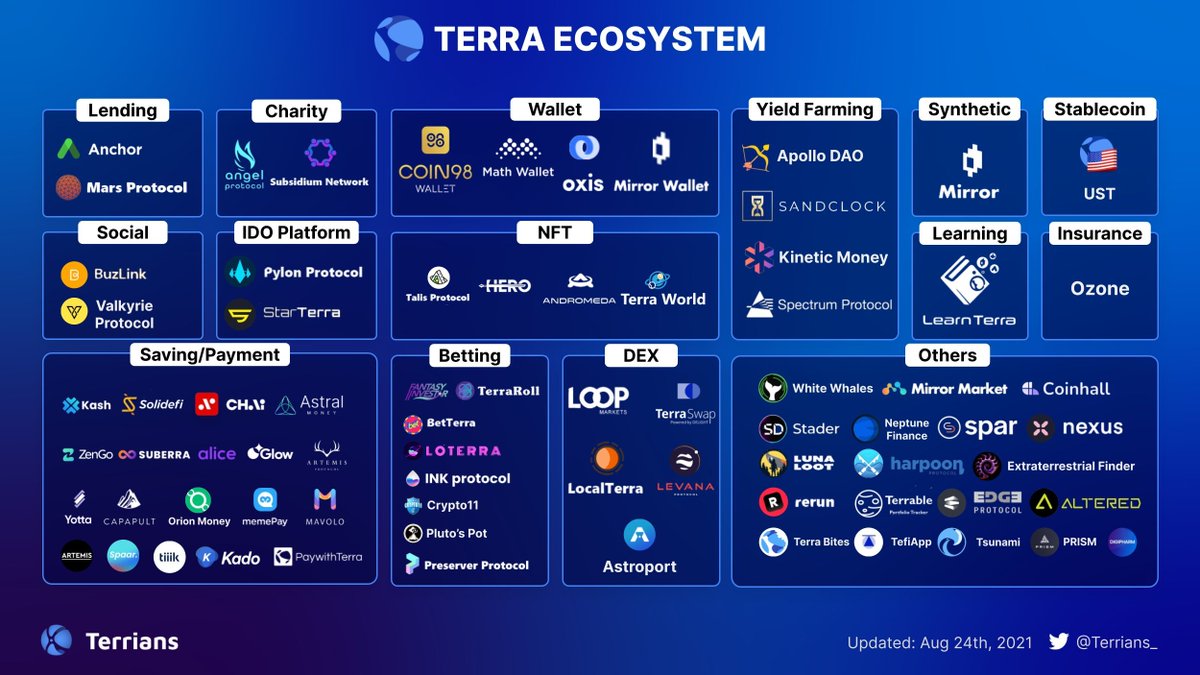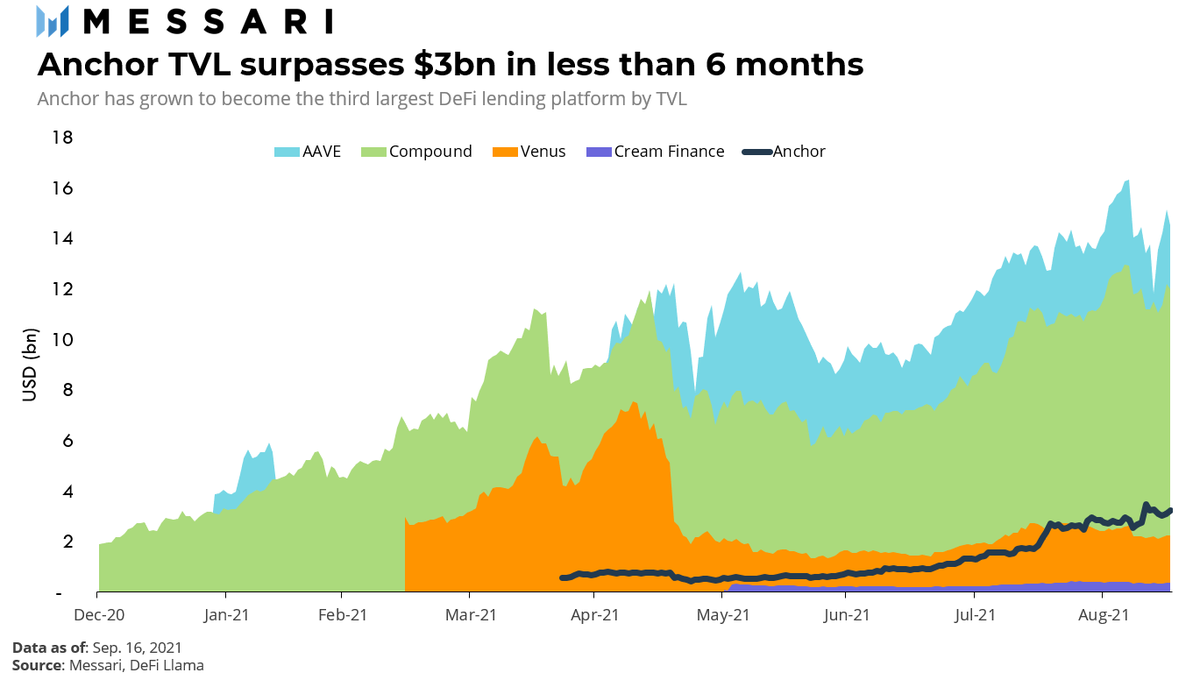
1/ Web 3 infrastructure can be described with 3 pillars:
+ Computing
+ Storage
+ Networking
New Kind of Network, or @NKN_ORG, describes itself as the third pillar. It's a P2P network connectivity protocol that seeks to upgrade the modern client-server Internet infrastructure.
+ Computing
+ Storage
+ Networking
New Kind of Network, or @NKN_ORG, describes itself as the third pillar. It's a P2P network connectivity protocol that seeks to upgrade the modern client-server Internet infrastructure.

2/ @NKN_ORG sits on top of the current Internet stack and allows users to participate through their own devices.
Linking devices together overlays a new network layer above what exists today, bringing the privacy and censorship-resistant features notable from decentralization.
Linking devices together overlays a new network layer above what exists today, bringing the privacy and censorship-resistant features notable from decentralization.

3/ The easiest way to earn $NKN is for a miner to serve as a node in the network.
This creates an economic incentive for devices to share bandwidth and to keep the node running 24/7 with a stable connection.
NKN can also be used to make transactions within the network.
This creates an economic incentive for devices to share bandwidth and to keep the node running 24/7 with a stable connection.
NKN can also be used to make transactions within the network.

4/ Learn more about @NKN_ORG and its "new kind of network" in the full article from @jerrysun_ messari.io/article/nkn-pa…
• • •
Missing some Tweet in this thread? You can try to
force a refresh














